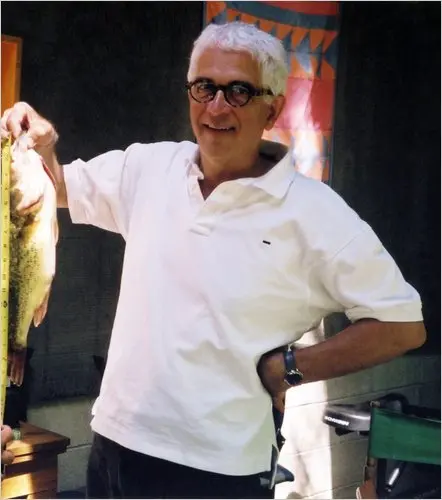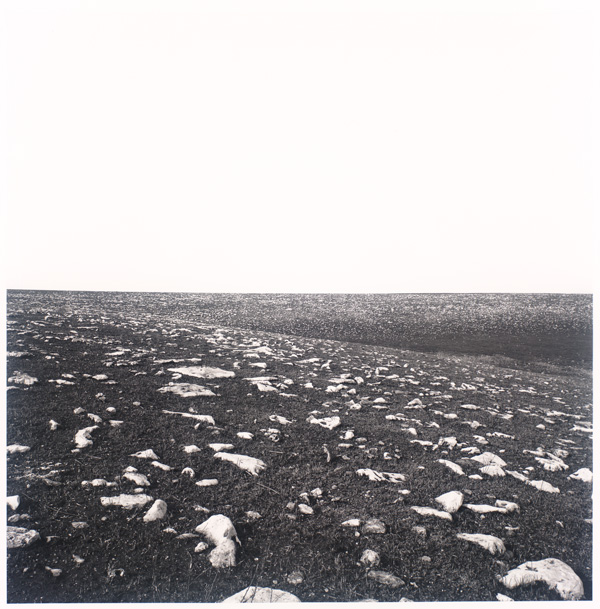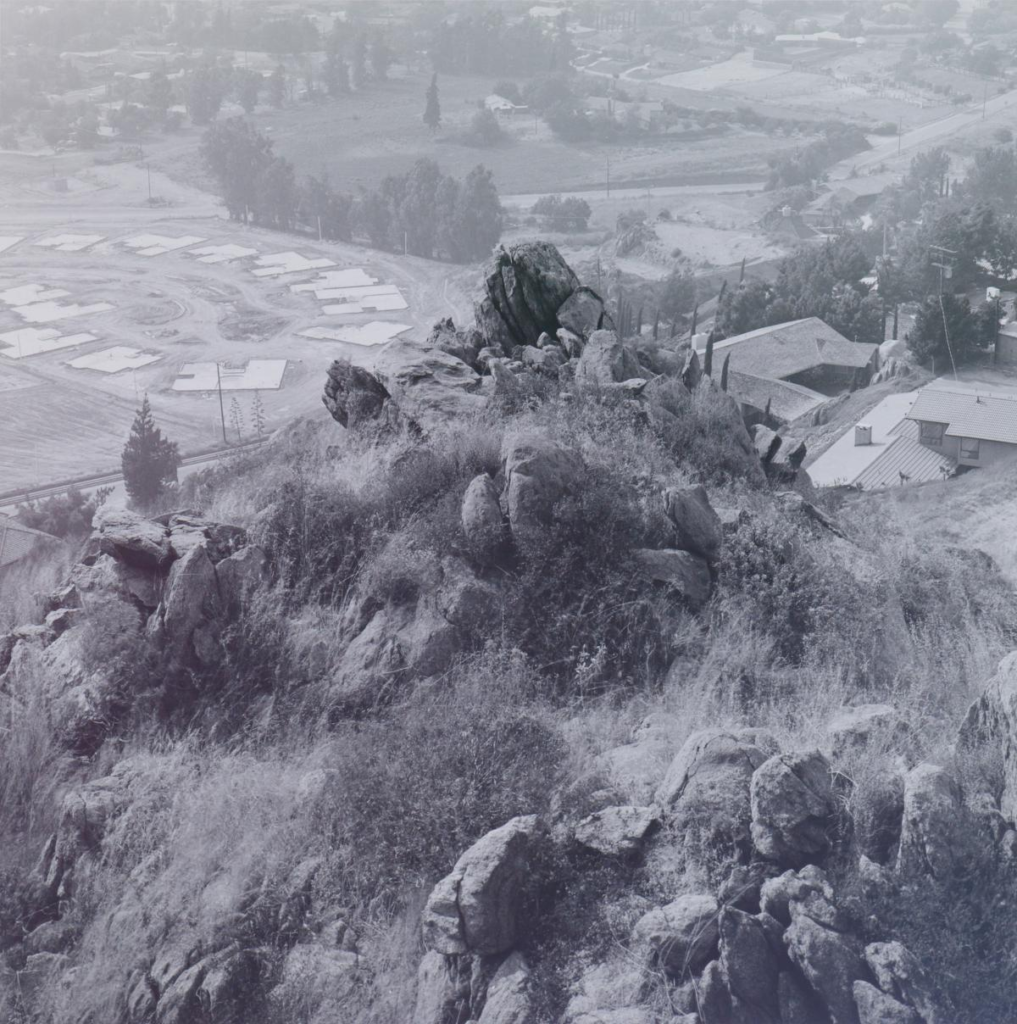Who Was He?

Joe Deal (1947-2010) was born in Topeka, Kansas. He earned his BFA at the Kansas City Art Institute and his MFA degree from the University of New Mexico. While teaching at the University of California, Riverside, Deal established the UCR/California Museum of Photography. He is one of the founding artists of the New Topographics movement. Deal was among the eight photographers included in the seminal exhibition “New Topographics: Photographs of a Man-Altered Landscape”, an exhibition curated by William Jenkins at the George Eastman House’s International Museum of Photography in 1975. This school of photography was marked by pictures that depicted the growing complexities of the American landscape with “stylistic anonymity” as Jenkins put it. Following the success of this landmark exhibition, in 1980, Joe Deal completed The Fault Zone Portfolio, a group of 19 silver gelatin prints that documented suburban life along the San Andreas Fault Line in Southern California.
Near the end of his life, the artist produced another remarkable body of work titled West and West. In these crisp black and white photographs of the Great Plains, Deal drew upon 19th century survey photography, but used the horizon line and symmetry of square format to reframe our perception of the landscape as finite. His work is included in numerous museums and collections, including the Museum of Modern Art, New York; The San Francisco Museum of Modern Art; The Museum of Fine Arts, Boston; the J. Paul Getty Trust, Los Angeles; Nelson-Atkins Museum of Art; and in the International Museum of Photography at George Eastman House, Rochester. Joe Deal died in Providence, Rhode Island in 2010.
His Images

Like his peers in New Topographics, Deal trained his camera on landscapes that had been overlooked by the prominent photographers of the preceding generation, Instead of majestic, snow-covered peaks or meadows dotted with wildflowers, Deal chose to photograph places irrevocably marred by human hands, landscapes most people would consider unredeemable ugly, like the dirt road in Wyoming, at right.Among the artist’s favored subjects early in his career were sites graded for future developments, newly cut roads, mobile home parks, and all manner of shoddily built housing. Although he certainly felt they were eyesores, Deal deliberately chose to photograph these aspects of the built environment from as seemingly neutral a point of view as possible, as his interest was in visual analysis, rather than in conveying an explicit social or political message.In a more recent series, West and West: Reimagining the Great Plains, Deal stripped his pictures down to the barest of bones: rock formations, grass, sky. A return to the region where he grew up and a meditation on the constructed nature of landscape, it includes some of the sparest photographs Deal ever made.
Image Analysis

Deal has used natural daylight when taking this image, which creates a lower level of control over what you want to be lit as you cannot control the sun, but one thing you can control is exposure and things like the lense settings, which we can see that in some places of this photo the image is overexposed and blurry for example the background but the foreground is more in focus, which creates a depth of field to focus our eyes on the foreground. They do look like just some boring rocks and grass but Deal has used many different tones and texture to really portray what he could see with his eyes standing there and more, which adds depth to the image, and emotion, which ups the value of nature , and makes us want to worship it more, after seeing all the destruction we are putting on it compared to just a ‘boring’ image of natural land. Joe Deal’s photograph Colton, California is from his series The Fault Zone, which documents life along the San Andreas Fault Line in Southern California. The work encompasses themes and ideas that Deal explored throughout his career in photography, including how humans alter the landscape through ever-expanding construction. Deal’s work gained national attention in 1975 when he contributed photographs of newly constructed homes against the landscape of the American Southwest to an exhibition at the International Museum of Photography at the George Eastman House in Rochester, New York, titled New Topographics: Photographs of a Man-Altered Landscape. Deal and the nine other photographers in the exhibit were seen as breaking away from the precedent set by earlier American landscape photographers who presented romantic, sweeping vistas largely without the presence of people; the photographers in New Topographics instead turned their cameras on the built environment of modern America.
